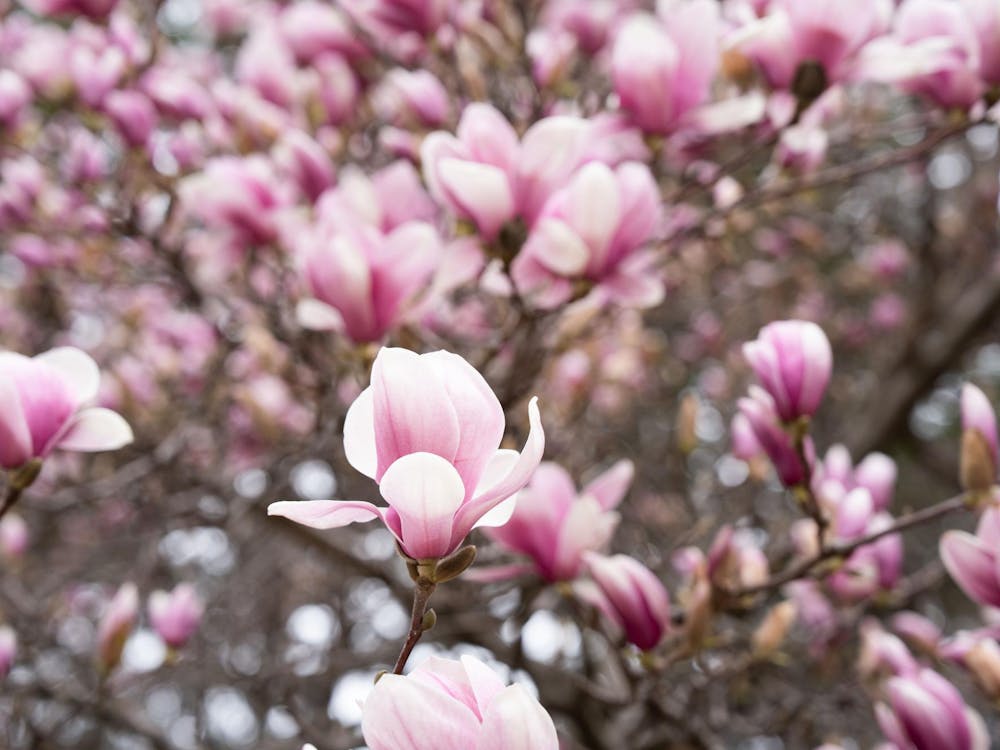The trip was part of a lab assignment for EEB 211: Life on Earth: Chaos and Clockwork of Biological Design, co-taught by professors Daniel Rubenstein and Stephen Pacala. While many University classes take students on trips, EEB 211 is one of the largest to do so.
Rubenstein said he did not know how much the department paid for the buses, train tickets or museum tickets.
“It is pretty expensive to do this, but it’s worth it,” Rubenstein said. “Whether or not there was a group discount didn’t matter. It was important so we did it.”
Pacala could not be reached for comment.
The department paid for the students’ New Jersey Transit train tickets to New York Penn Station and back. Round-trip tickets are normally $33, but the University received a discount for buying in bulk, Rubenstein explained. The department also paid for the students’ museum entrance tickets, which proved more logistically challenging.
Initially, the museum intended to bill the University for each individual ticket. Rubenstein said he later talked to museum officials and convinced them to allow the University to pre-pay for all the students’ tickets on one receipt.
“They wanted us to come,” Rubenstein said. “They wanted a first-class university using their things, and we wanted to partner with them for other things, so they bent over backward to help make our lives a little easier.”
According to Rubenstein, each academic department has two streams of funding. One, he said, comes from the University’s endowment. The other comes from EEB’s administrative allowance, which is based on how many grants the department receives as well as how many students, lab courses and staff the department has.
According to EEB’s Director of Undergraduate Teaching Laboratories for Ecology and Evolutionary Biology Katherine Sullivan, about 65 students traveled to the museum on a University-chartered bus on Sept. 30. The rest of the students traveled independently to New York within a three-week period of the lab’s assignment. The University provided NJ Transit tickets to students who requested them.
In addition to the students, four assistants in instruction traveled to the museum. According to Cara Brook GS, an AI for the course, the AIs went with the students to make sure everybody who signed up got on the bus and back. While the students completed the lab, the AIs participated and helped create an answer key.
“It was important to the professors that this year’s course was more experiential and hands-on,” Brook said. “Taking on a nontraditional lab and giving it to an intro class of more than 150 students was ambitious, but it was well received.”
To improve the trip for future classes, Rubenstein said he will look closely at the end-of-course evaluations. He added that he believes the trip was a success and that the instructors plan on repeating it next year as a way to supplement the lecture curriculum with hands-on learning.

“The philosophy behind the trip is that students learn best by doing, by learning first hand,” Rubenstein said. “Getting them to the museum was getting them out of the classroom and getting them access to a resource we do not have here as a University.”







